Can you overwinter begonias? Experts reveal how to prepare the plant for winter weather
Whether you have wax or tuberous begonias, our gardening experts are here to walk you through their overwintering advice
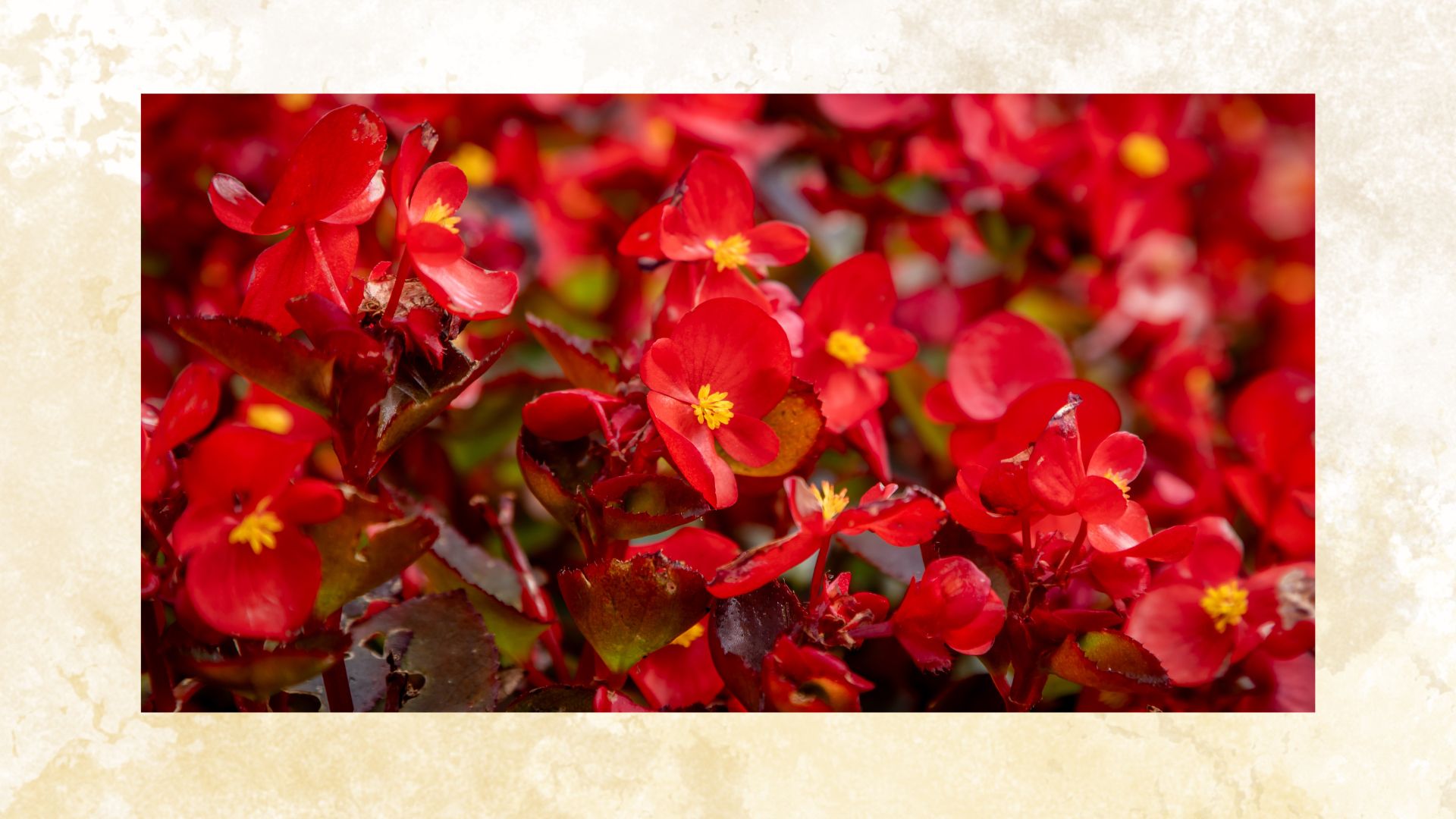

Now that the colder weather has arrived, it's important to start preparing your plants for the seasons ahead. Your begonias, no matter which type you have, will certainly need a helping hand.
Although they're one of the best flowering houseplants, begonias are also a fantastic outdoor plant that will bring colour to your space. With three types to choose from, they really are a great pick, especially when you know how to overwinter them.
Experts considered them to be one of the key tender plants to bring indoors in autumn, but can you overwinter them successfully and how? We asked our gardening experts for their advice.
Can you overwinter begonias? Expert advice
Overwintering is an effective way of protecting your plants from frosts and heavy rain during the colder seasons. It's also the best way of ensuring your perennials regrow once spring and summer roll around.
But can you overwinter begonias? "There are several different types of begonias, and depending on the type you have will affect whether they can be overwintered," explains Lucie Bradley, gardening expert at Easy Garden Irrigation. "And if they can be overwintered, what you need to do differs for each."
Overwintering begonias: what you will need

RRP: £9.41 | These well-rated secateurs have rust-resistant blades, ergonomic handles, and are easy to spot if you drop them in your flower bed.
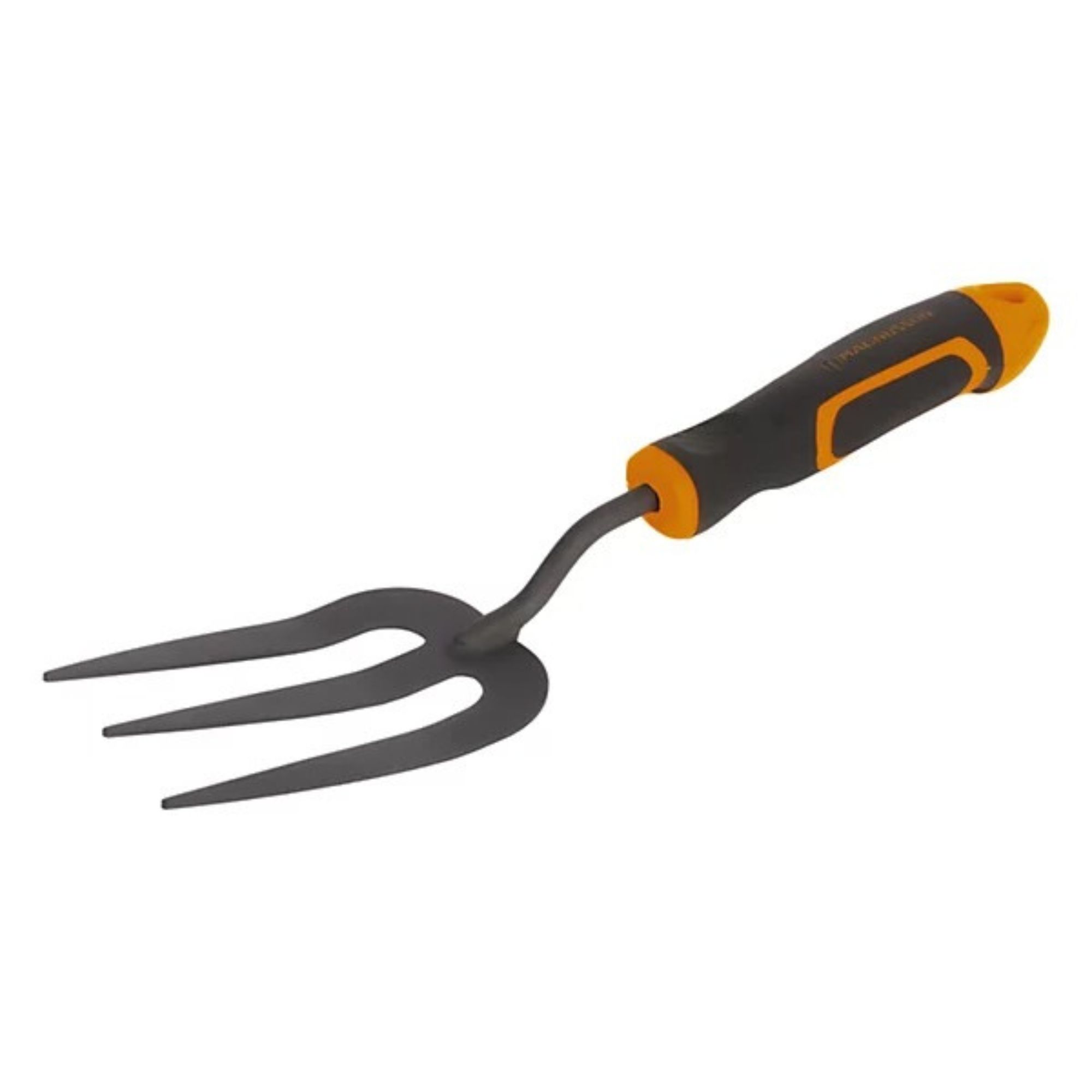
RRP: £4.50 | This is a highly rated tool and is ideal for gently taking out your begonia tubers from the soil. It can also help with aeration and harvesting potatoes when the time calls for it.
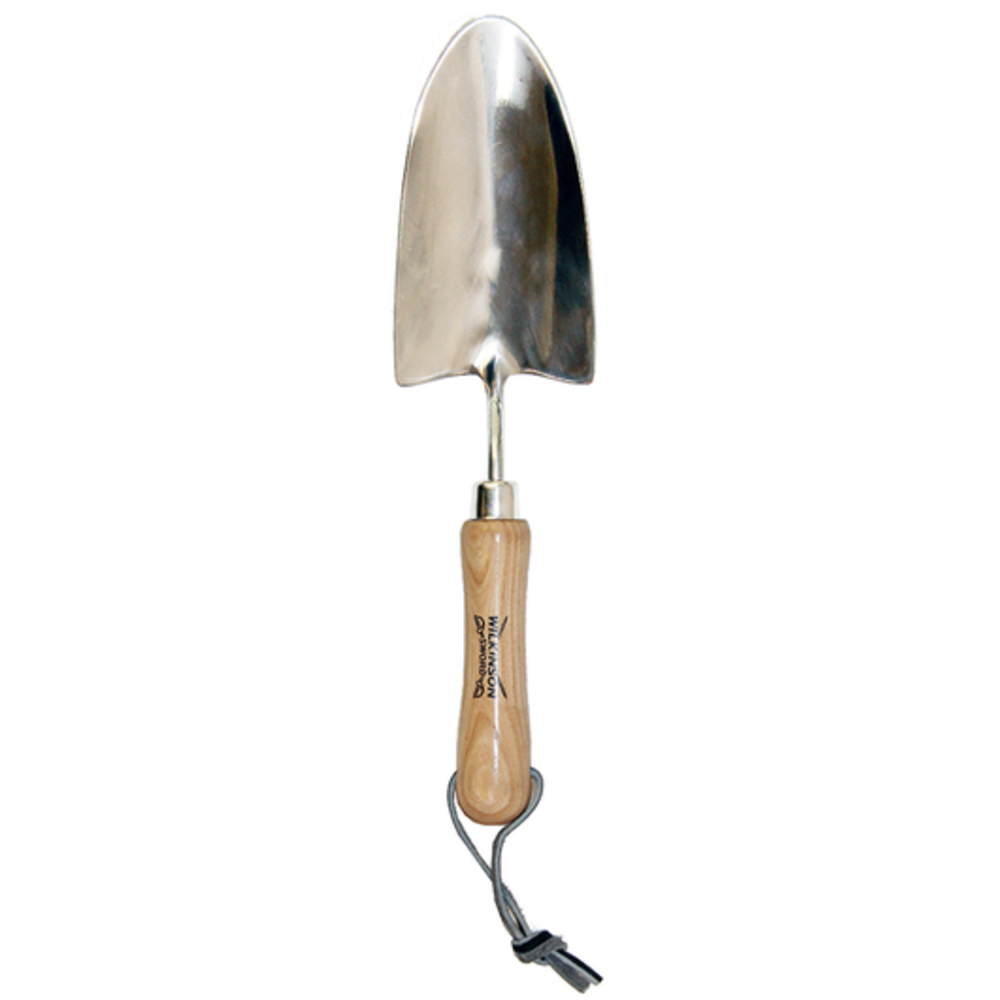
RRP: £7.29 | This sturdy stainless steel tool is a great all-rounder for gardening tasks, and super easy to use and store thanks to the leather hanging strap.
Wax begonias
Begonias come in three different varieties, with the most popular being wax.
"Also known as ‘bedding’ begonias or ‘fibrous-rooted’ begonias, and as their ‘bedding’ name suggested, these are tender perennials usually treated as annuals as they won’t tolerate frost," explains Lucie.
Sign up to our free daily email for the latest royal and entertainment news, interesting opinion, expert advice on styling and beauty trends, and no-nonsense guides to the health and wellness questions you want answered.
"Long-lasting, these compact, bushy plants have glossy, succulent-type leaves which appear ‘waxy’ and abundant small flowers which will bloom continuously from spring until the first hard frost," she adds.
Once autumn arrives, Lucie points out that you have the option to either remove them and add them to your homemade compost heap or overwinter them indoors.
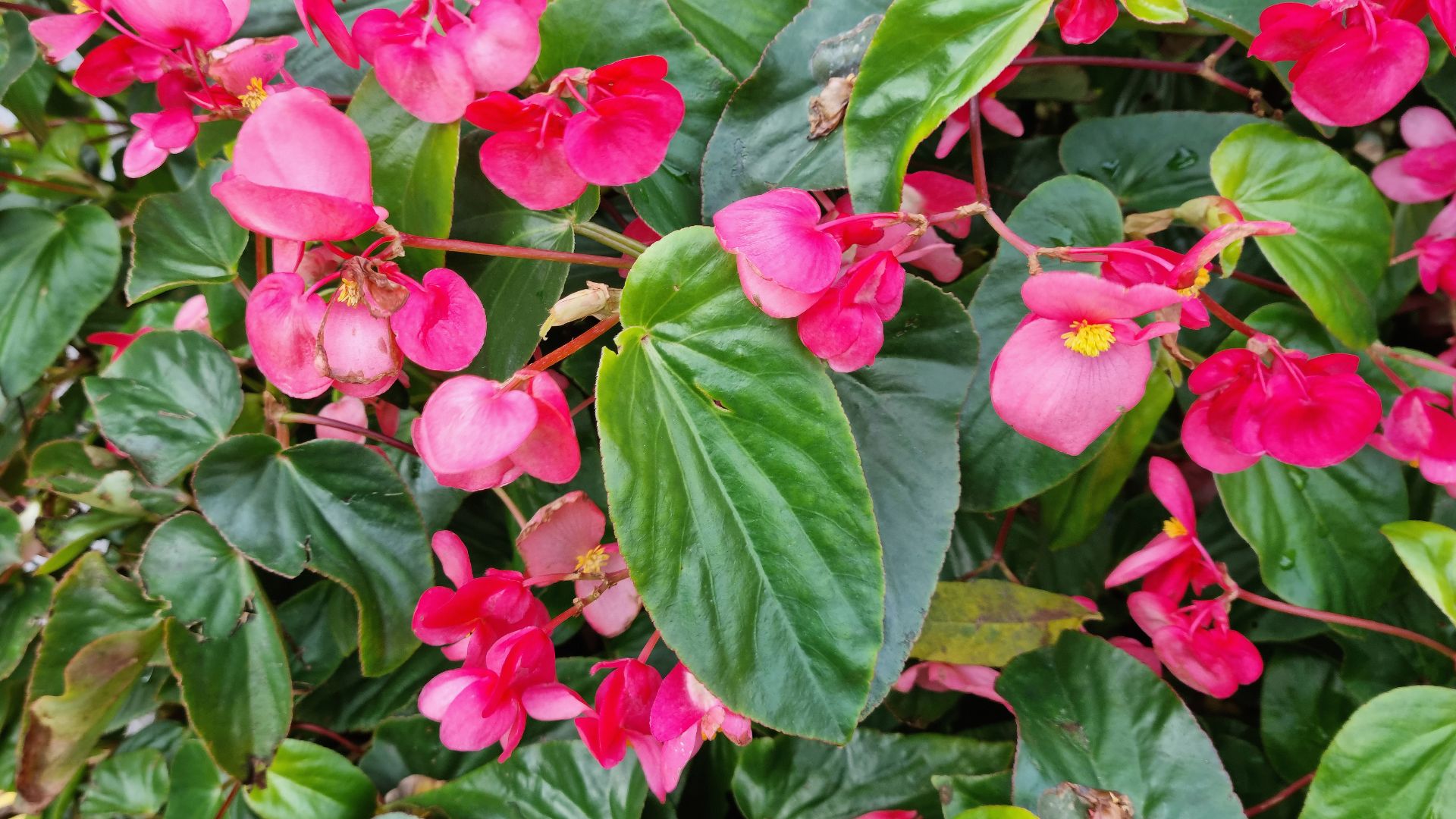
"If you want to overwinter wax begonias, you will need to dig them up before the first frost and give them a quick tidy up - removing spent flowers and leggy growth - then potting up using a well-draining potting compost," she starts.
You will then need to bring them indoors so they can be away from any frost or place them in a heated greenhouse. You need to ensure that the temperature stays between 10 to 16 degrees.
"The growth of these begonias will slow down over winter, so just make sure not to overwater, and keep them in a bright location until spring the following year, when you can harden off the plants ready to be planted out again," continues Lucie.

With over 28 years working in the garden industry, Lucie has been fortunate enough to spend every day speaking to both amateur and professional gardeners. Encouraged to garden since she was old enough to walk, she believes that you can never know everything about gardening, as it is constantly evolving.
Tuberous begonias
Begonias are also a plant that you can grow from tubers, but only if they're tuberous. If yours are, then you can overwinter them in a similar way you'd overwinter dahlias.
"In contrast to the small flowers of wax begonias, tuberous begonias are popular due to their flamboyant, large blooms normally in bright shades of yellow, orange, pink, red or white," says Lucie.
"You will find both upright and trailing types, which makes them popular for flower beds, but also containers and hanging baskets. Tuberous begonias are not frost hardy, and most gardeners will overwinter them by bringing them indoors into a frost-free location," she continues.
Whilst begonias make great patio container plants, they can also be planted in the ground. Wherever you've chosen to plant them will determine the overwintering method needed.
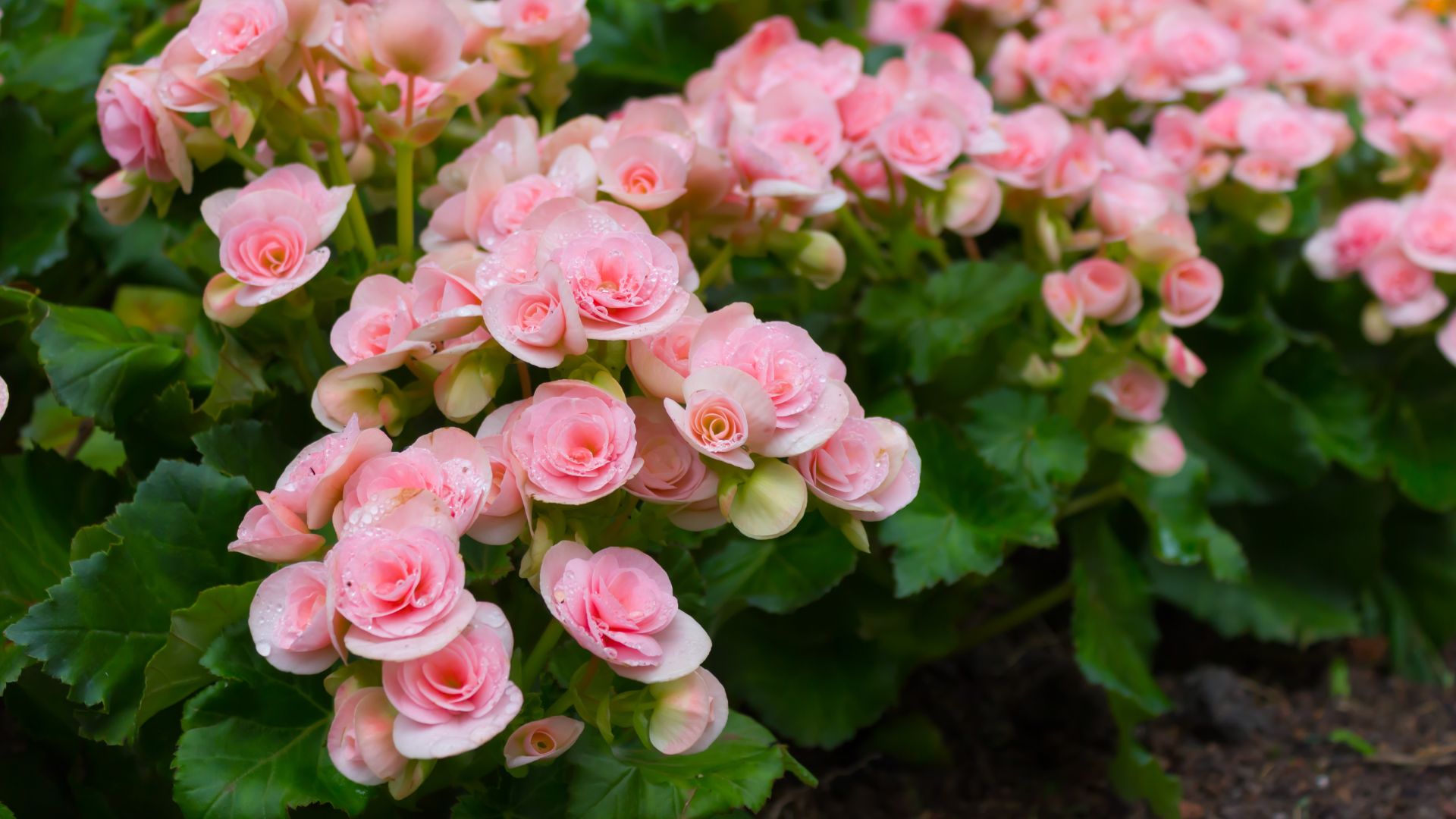
"If they are growing in pots or small containers which can be moved, then they can simply be placed undercover in a frost-free location prior to the weather becoming frosty in autumn," says Lucie.
"Cut the foliage back, leaving three to five inches above ground. This will both prevent rotting and the chances of disease and will signal to the plant that the growing season is over, so it will move into its dormant period," she adds.
However, if you have tuberous begonias, you'll need to dig them up and store them before the first frost of autumn. "You will see the plants moving into their dormant phase as their foliage will start to die back and turn yellow - so you should stop watering," explains Lucie.
"Use a fork to gently lift the tuber from the ground and shake off most of the soil. Place somewhere cool and dry for about 7 to 10 days to dry, and then brush off any remaining soil. At this point, any remaining foliage should be easy to remove. Check the tubers for any damage or disease and then pack them into a cardboard box layered with sawdust, vermiculite or sand," she recommends.
This method allows air to reach the tubers, which helps prevent rot and keeps them separate from each other. Just be sure to check on them regularly and keep them somewhere dark, cool, but frost-free.
Hardy begonias
The final type of begonias is hardy, and overwintering these should still be on your list of October gardening jobs, but luckily, this type is more low-maintenance than the rest.
"With flowers of delicate pink or white appearing in late summer to early autumn, hardy begonias are less popular than the other two types simply as they are less well known, flower later and are not as vibrant as the other begonia types," begins Lucie.
"However, on the plus side, some hardy begonias are perennials, specifically Begonia 'Gandis subsp Evansiana’ can be left in the ground all year round and will last for many years with the correct care," she adds.
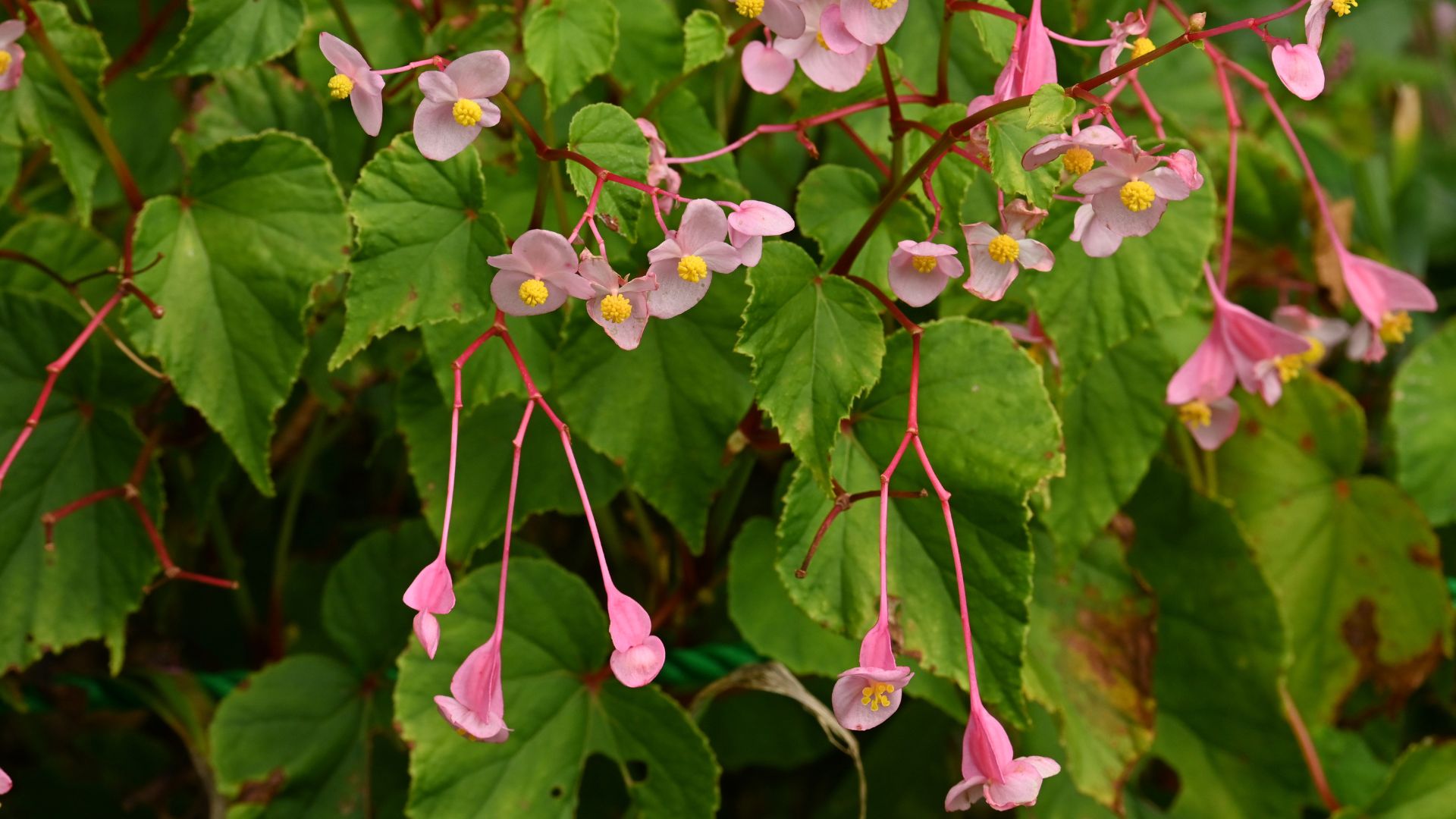
Like other perennials, these hardy begonias will begin to die back to soil level in the autumn, meaning you won't need to cut the foliage back.
"As the foliage dies back, this indicates that the tubers are preparing for winter dormancy, and although you could dig up the tubers at this point and grow them in pots until the following spring, you don’t need to," says Lucie.
Instead, you can add a layer of mulch around the plants to provide extra insulation so they survive the harsh temperatures, ready to regrow in late spring.
FAQs
How do I know if my begonia is tuberous?
Don't make a common winter gardening mistake of forgetting to overwinter your begonias correctly. You'll need to know if they're tuberous or not before you can start the process, so that you can do the right one.
"If you tip the plant out of its pot in late summer or autumn, tuberous begonias will reveal a firm, rounded tuber at the base - rather like a small, flattened potato," explains Elise Harlock, flower expert at Prestige Flowers. "Bedding types sold widely in UK garden centres for baskets and tubs are usually tuberous. Fibrous-rooted varieties, often grown as houseplants, lack this tuber."
What to do with begonias in winter in the UK?
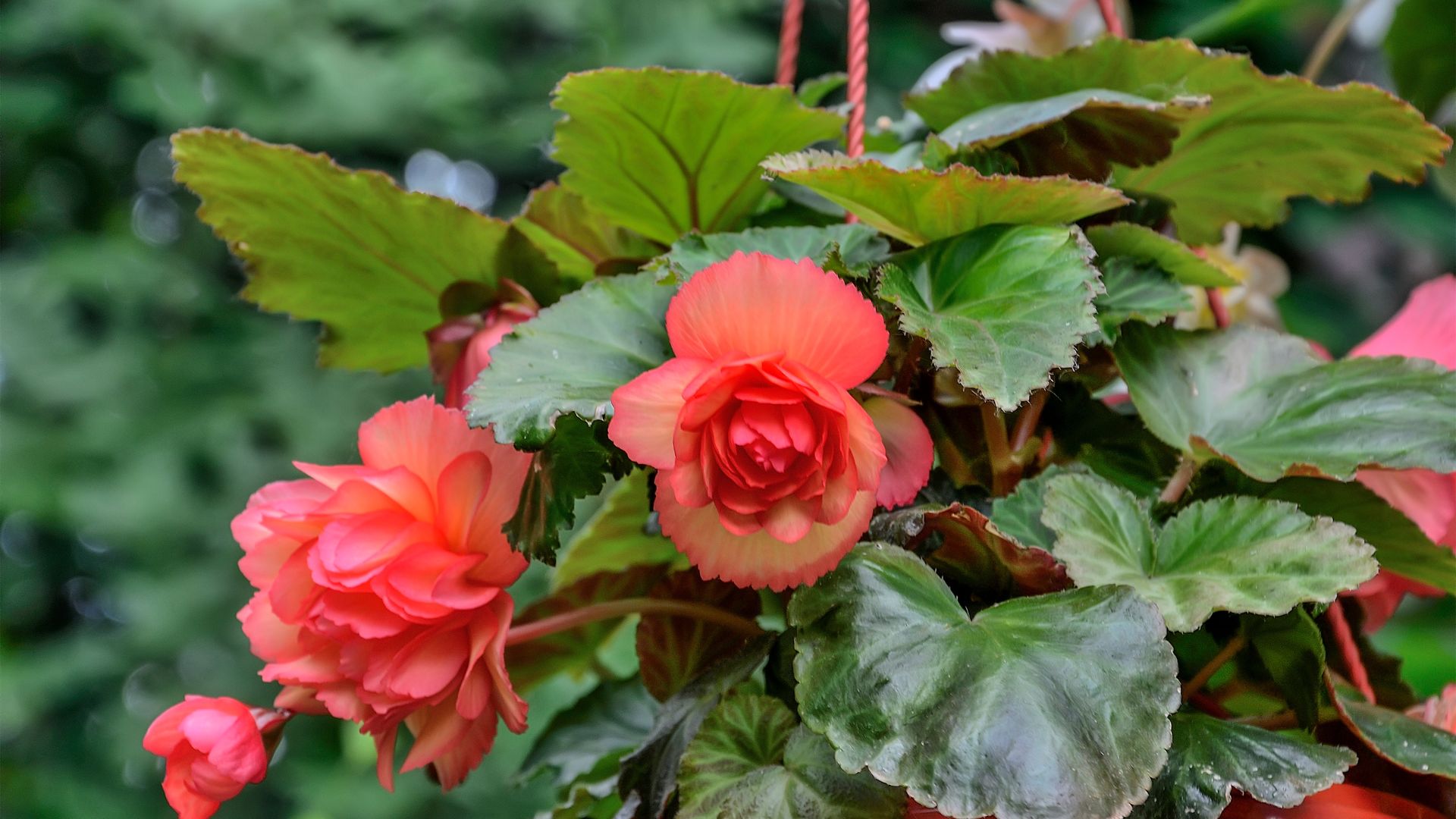
If you're planning on sorting your garden this month, you may be wondering what the best course of action is for your begonias.
"Tuberous begonias need to be protected from frost in winter in the UK, whether this is by moving the pot they are planted in indoors or digging up the tubers so that they can be stored somewhere frost-free," says Richard Barker, horticulture expert and Commercial Director at LBS Horticulture.
"Once the leaves of the plant turn yellow, reduce watering and then store the tubers, watering infrequently to prevent them from shrivelling. Wax begonias can be brought indoors over winter and treated like a houseplant, or they can be treated like annuals and thrown onto a compost heap after they have finished flowering," he adds.
If you want to transform your garden on a budget, then we'd recommend investing in more perennials like begonias. They save you money on bulbs and seeds when they can be overwintered and enjoyed year after year.

Emily joined woman&home as a staff writer after finishing her MA in Magazine Journalism from City University in 2023. After writing various health and news content, she now specialises in lifestyle, covering unique cleaning hacks, gardening how-tos, and everything to help your houseplants thrive.
You must confirm your public display name before commenting
Please logout and then login again, you will then be prompted to enter your display name.